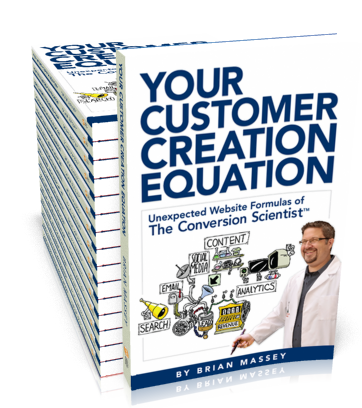I was asked this week by a meeting planner for my advice on how to find additional speakers for an event that will "wow" her audience. The below is from my email response. What do you think? What did I leave out?
1. Just because someone is smart or has done something cool does not mean they belong on stage.
2. If you hire speakers, always be seeking ideas for those who can present. Keep a file so you have a list on hand when it comes time to make your selection.
3. Know your budget and be upfront with the speaker. Fee negotiation does not need to be adversarial.
4. If you financially compensate some speakers and ask others to speak for free, be open about your policy.
5. When asking a speaker to discount their regular fee, know what you will you offer in return. "Exposure" from the speech alone may or may not actually have value.
6. Invite your speakers to be a partner in the success of your event, not simply to speak and leave. Discover if the speaker plans to participate with your attendees at breaks, meals, happy hours, etc... How will they engage with your audience via social media before, during and after?
7. Ask how many presentations a speaker has given in last two years. Experience matters.
8. Be willing to integrate topics that are not the "same old / same old".
9. How do you want your speaker to be dressed? In today's uber-casual environment you should communicate what the speaker should wear. Have the conversation upfront to avoid being surprised if they are over-dressed or under-dressed.
10. Have an extended conversation with the speaker to understand their personality and make sure there is a connection. If you do not "click" on the phone, follow your gut instinct.
Have A Great Day.
thom singer
Thom Singer is known as "The Conference Catalyst". He works with meeting planners and conference organizers to set the tone for a meeting. His presentations educate, inspire and motivate attendees to engage deeper in the event and make meaningful connections. http://www.conferencecatalyst.com
| www.ConferenceCatalyst.com |








 Voices:
Voices: 




